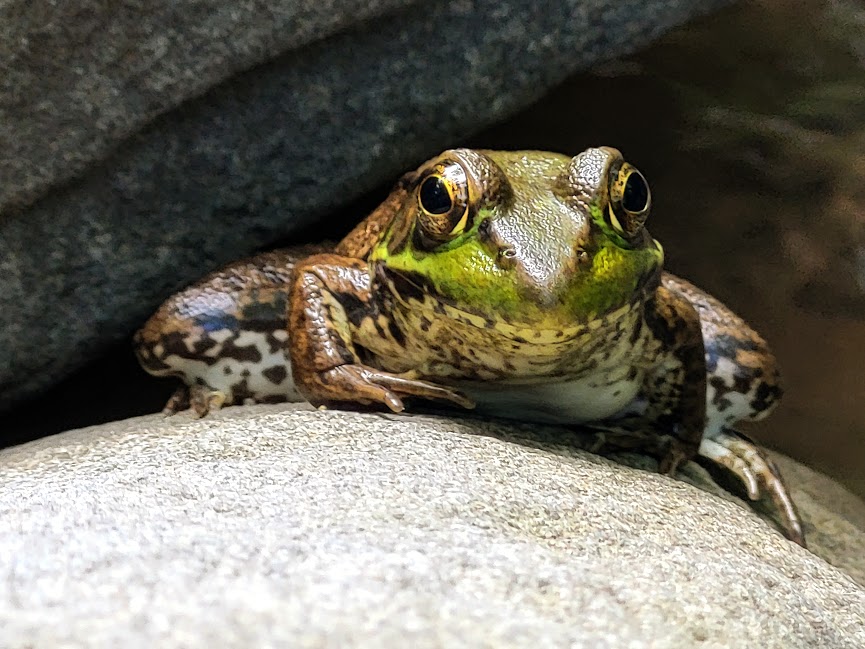Juniperus Virginiana


DOMESTIC USE of the Eastern Redcedar tree has, for me, made it the homeliest of the trees of the forest when I approach a grove of Juniperus Virginiana growing in the wild. The sweat-smelling aromatic scent reminds me of the wooden chest at home where I store my linens; not to mention holiday cheer. Like Blue Spruce and Balsam Fir, Eastern Redcedar are favorite choices for Christmas trees. Woodworkers use Redcedar for cabinetry, and at one-time even pencils like those made by Henry David Thoreau’s pencil-making family factory were constructed from Redcedar. It’s resistance to decay and insect infestation make it the choice wood for outdoor furniture and fences too. But among its many uses and attributes it is the tree’s signature blue berry-like cones and its dark green scaly needles that is shares with the Juniper shrub that are frequently planted in front yards that most triggers thoughts of home.

Like most evergreen, Eastern Redcedar trees possess a pyramid shape. A single trunk of reddish-brown outer bark rises high to form a pointed crown. The inner bark that lies beneath is flesh-colored pink and can often be seen beneath peeling strips of thin and shredding fibers. The rose-colored inner bark convinced French settlors to nickname the species the Baton Rogue, that is the red stick. Other nicknames include Red Juniper and Eastern Juniper.

Redcedars are often identified by their segmented needles, which overlap one another in forklike prongs. In winter these turn brown to red. The tree’s circular blue cones are a favorite of various bird species, most particularly the Cedar Waxwing through which they earned their name. A less welcoming visitor to Redcedars is the fungus, Cedar Apple Rust, a slimy gelatinous orange blob that attaches itself to the trees’ needles.

Eastern Redcedars are found in 37 states. Most commonly they can be found growing near swamps, bogs, and in floodplains. Although slow to grow, Redcedars join the Jackpine as among the first species of trees to germinate and grow after a forest fire. The same hardy durability of Redcedar seeds that allows it to grow in alkaline souls where nutrients are poor, also make its bark able to withstand the frequent growth of mosses for which the green scruffy-looking Dicranum viride is a common visitor.
Eastern Redcedar trees typically grow to heights of 25-30 feet and live as long as 300 years. With such long lives I see now why the trees are sought for natural property boundaries and its wood for long-lasting fence posts. There is definitely a home-like quality to them.
# # #

Leave a comment